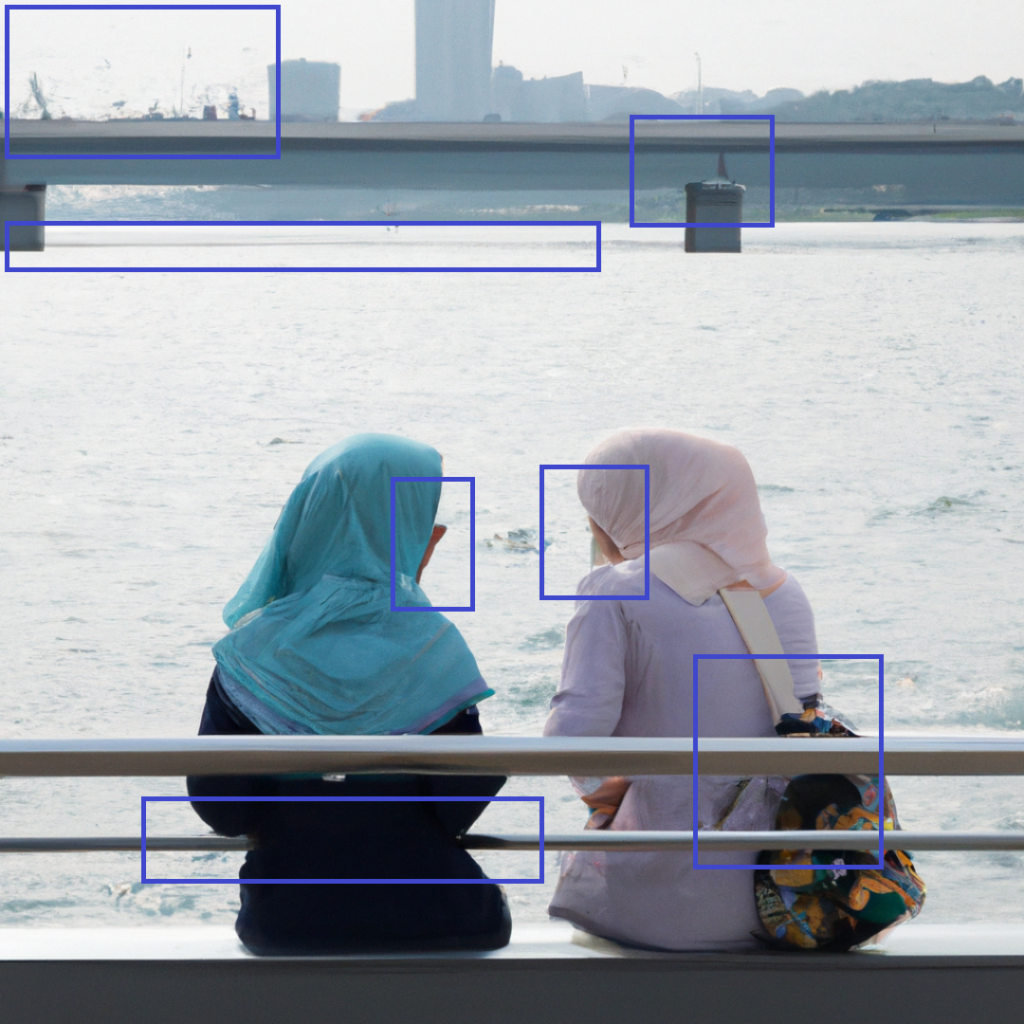
With the continuous development of artificial intelligence (AI), it is capable of doing so many impressive things, to the point that it can be scary. AI can be used to create fake news articles, social media posts, videos, and images that depict events or statements that never occurred. According to the World Economic Forum, Global Risks Perception Survey 2023–2024, the risk of AI-generated misinformation and disinformation is 53%.
The Dangerous Age of Fitnah
Believe it or not, we are in a time where misinformation is spread quickly and widely, which can cause harm to individuals and society. In Islam, this act is completely forbidden, and the people involved in it will face consequences. As Muslims, we should never create, spread, or even engage with it. This has been mentioned in the Quran:
“O believers, if an evildoer brings you any news, verify ˹it˺ so you do not harm people unknowingly, becoming regretful for what you have done.” [Surah al-Hujurat, Ayah 6]
Deepfakes, fueled by advanced AI technologies, pose a formidable threat to authenticity in online content. They can manipulate visuals and audio to fabricate convincing yet false narratives, blurring the lines between reality and fiction. People need to stay alert and use tools to spot and fight deepfakes.
How do you detect deep fakes?
Created with AI, deep fakes can bring harm that we could never imagine. It can be in a form of text, images, videos, or even audio recordings. These deceptive creations mimic real content so convincingly that they can mislead, deceive, and manipulate public opinion. Here are some types of deepfakes:
Deepfake text
Any written content can have the possibility that it has been generated by AI. For instance, to mimic a person, AI could detect a person’s writing style and use this to impersonate the targeted person, which can be dangerous. How to spot it?
- Read the text carefully. Does it have repetitive phrases and sentences? Is it easy or hard to read? What about the writing style? Is the writing style have the same pattern and flow?
- Fact-check the content. Use trusted and reliable sources
- Check who posted it. If the source is not from a trusted figure, especially anonymous accounts on social media, then it has a higher probability of being a deepfake.
- Dramatic or unusual content. Posted contents that seem to good to be true or unbelievable have the potential to be a deepfake as they can elicit strong emotional reactions.
Deepfake images and videos
It has been increasingly difficult to distinguish between real and fake videos and images. This is due to AI’s advancement using generative adversarial network (GAN). It generates images or videos that are so realistic that it is hard to detect if it is a deepfake or human-generated content. Despite that, the existence of digital watermarks could help with this concern. To detect them, pay close attention to them, as AI cannot understand natural occurrence such as lightings and how reflection might appear on objects.

For example, the image above shows a generated image by AI, showing various of unnatural occurrence. It showed that the shadows does not fall naturally under the bridge. There are also unnatural edges of buildings, unnatural looking human faces and inconsistent textures in the river. Not only that, the position in which the woman sits also reflects strange occurrence. While some realistic deepfake image and videos could not have obvious distortion, they can still be detected through more subtle details. Advanced analysis techniques, such as examining lighting, unnatural reflections, and inconsistencies in texture or background, can reveal signs of manipulation.
Use tools to detect deepfake contents
If you are feeling unsure or lacking of time, using tools can save you time and increase your confidence in their authenticity. Tools such as AI Image Detector by Hugging Face and Quillbot AI Detector could help in detecting AI-generated images and texts.
Conclusions
Deepfakes pose a serious threat to online content integrity. With AI-generated misinformation spreading quickly, it’s essential to learn how to detect and combat these deceptive creations. By recognizing deepfake traits like repetitive writing, unusual content, and inconsistencies in images and videos, we can recognize them. Using detection tools can also help spot deepfakes. As Muslims, they must uphold the truth and avoid spreading misinformation. By staying vigilant and informed, we can protect ourselves and our communities from deepfakes’ harmful effects and ensure the truth prevails.




